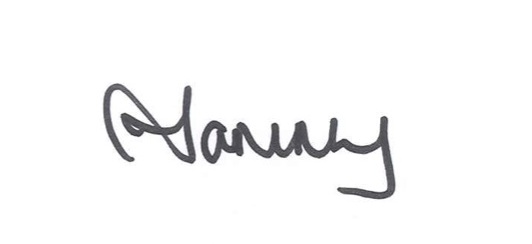
They say that there is a book in every one of us — and I think that’s probably true.
Since writing the book I have been asked a number of times how to go about writing a book. Of course, there are many really good books already written on this exact subject, but as a starting point, I have written this two part series with some ideas to get you started and how to turn your idea for a book into a published piece of work.
How to go about starting writing a book
This may well vary for different types of books, but I started writing my book by being super clear on WHY I was writing it, and WHO I was writing it for.
Before I started writing any of it, I spent quite a bit of time drafting my one page pitch. It was time well spent, because during the writing process, from time to time when I felt myself wandering off track, I would go back to my manifesto — the why/who/what of what I was writing, and it would get me back on track. Helpfully, this then formed the basis of the introduction and was also used in other pieces of copy associated with the book.
Working out what to write about
Once I was clear on who I was writing for, and why I writing it — I had to get clear on WHAT I was going to write about. I borrowed a technique from a friend to help me with this bit. Basically it involved getting a large pile of sticky notes, a large notebook and some free time to think (there are variations of this, where you put the sticky notes onto a flipchart or on the wall rather than a notebook; just do what works for you).
Then I spent time scribbling every conceivable thought around what could go in the book. At this stage, it didn’t matter how good the idea was. Every idea got its own sticky note. There were a few goes at this, until I had a brightly coloured pile of scribbled notes.
Then, the critical part.
I took each of the stickies and started to categorise them. Then each pile got its own page in the book. And almost magically, the structure started to appear. Of course, the end product doesn’t resemble exactly look like what it did at this stage — but it was enough to start mapping out what the structure might like look, and what the chapters could include.
So I know who, what and why — I need to know the how
Some key things from here..
- Put aside regular time, every day if possible. It doesn’t have to be a lot time. You’d be amazed at how many words can be written in 20 or 30 minutes. But the key is consistency.
- Using a product such as Scrivener is really useful as it allows you to play with the structure of your book much more easily than if you are using word. It also has some great features that allow you to brainstorm what the chapters might look like, what the key points are etc. I found the word count feature very useful as well. You can set a target word count for the day/week and it tracks your progress against that.
- Don’t worry about perfecting it as you write. Just write. There will be many (and I do mean many) more opportunities along the way to change, edit and proof.
At some point, you’ll look at your word count and see that it resembles the skeleton of a book!! Well done — keep going!!
Because most of us aren’t full time writers, and are doing this around jobs and businesses, maintaining the motivation can be hard. That’s why scheduling in the time, every day to write, even for a few minutes is so critical. If it is one of things that you “mean to do”, you will probably never get to it, or it will remain a half finished manuscript stuffed in a drawer.
There were various times when I didn’t enjoy the process, or was very critical of what I was writing. I think that’s all part of it too. Don’t let this stop you.. Keep going! And of course, there will always be times when a break brings clarity of thinking — whether that is a weekend away or a holiday or just taking a break and going for a walk. But if there are more breaks than work, then your commitment to it is probably waning.
There is one other key decision you need to make and that is how to get the book published. You need to make a decision about whether to self publish or get it published through a publisher (I decided to self publish in the end, although was flattered by the offer to have it published and will probably go down this route for the next book). This is important to decide now, because the publisher will edit, design etc. If you are doing it yourself, then you need to plan and budget for all these additional expenses.
Part two will go into the steps necessary to take the manuscript from a complete document to being a published piece of work! See you again next week.


